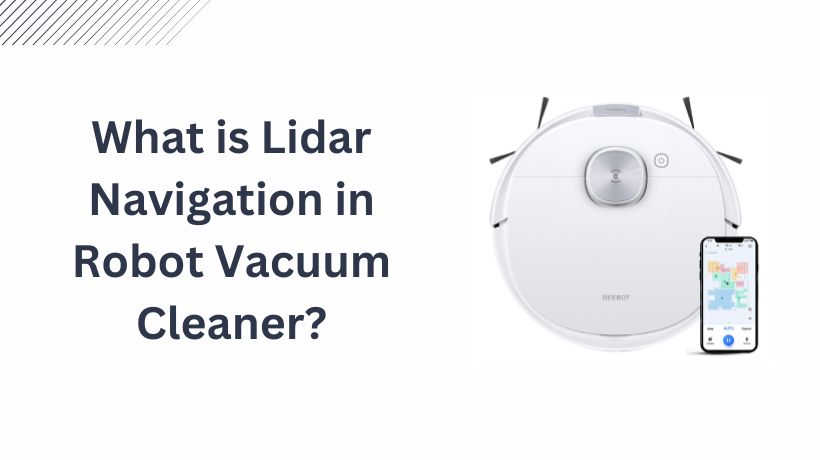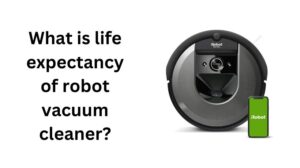In recent years, the advent of smart home technology has transformed mundane household tasks, making them more efficient and convenient. One such innovation is the integration of Lidar (Light Detection and Ranging) navigation in robot vacuum cleaners, marking a significant leap forward in automated cleaning technology.
What is Lidar Navigation in Robot Vacuum Cleaner?
Lidar navigation in robot vacuum cleaners is a smart technology that helps them move around and clean floors effectively. Lidar stands for Light Detection and Ranging. It’s like giving the vacuum cleaner eyes so it can see where it’s going. The vacuum sends out laser beams that bounce off objects in the room.
Understanding Lidar Technology
Lidar technology, originally developed for various applications such as topographic mapping, autonomous vehicles, and aerial surveys, operates on the principle of emitting laser pulses and measuring the time it takes for them to return after hitting an object.
In the context of robot vacuum cleaners, Lidar sensors emit these laser beams in multiple directions, creating a 360-degree view of the surrounding environment. By analyzing the reflections of these laser pulses, the vacuum can construct a detailed map of the area, including obstacles, furniture, and room layout.
Mapping the Environment
When a robot vacuum cleaner is first activated, it begins by systematically scanning the space using its Lidar sensors. As the laser beams bounce off surfaces and objects, the device gathers data to create a comprehensive map of the cleaning area.
This mapping process is crucial for the vacuum to understand the layout of the room and plan its cleaning route efficiently. With each subsequent cleaning cycle, the vacuum refines its map, continually improving its navigation capabilities.
Navigation and Obstacle Avoidance
Once the map is established, the robot vacuum utilizes Lidar navigation to maneuver through the environment while avoiding obstacles. As it moves, the vacuum continuously compares its real-time surroundings to the map it has generated, enabling it to adjust its trajectory accordingly.
If the vacuum encounters an obstacle that was not present during the initial mapping, such as a moved chair or a pet toy, it can quickly detect and navigate around it, thanks to its Lidar sensors.
Efficient Cleaning Paths
Lidar navigation enables robot vacuum cleaners to adopt efficient cleaning paths tailored to the specific layout of the room. By analyzing the map of the environment, the vacuum can identify open areas that require less attention and concentrate its cleaning efforts on high-traffic zones or areas with more debris. This targeted approach not only maximizes cleaning effectiveness but also conserves battery life by minimizing unnecessary movement.
Adaptability to Changing Environments
One of the key advantages of Lidar navigation is its adaptability to changing environments. Unlike traditional robot vacuums that rely solely on bump sensors or infrared technology, Lidar-equipped devices can navigate effectively even in dynamic surroundings.
Whether it’s rearranged furniture, temporary obstacles, or varying lighting conditions, the vacuum can quickly update its map and adjust its cleaning strategy on the fly.
Conclusion
In conclusion, Lidar navigation has transformed the capabilities of robot vacuum cleaners, elevating them from simple floor sweepers to intelligent cleaning machines. By harnessing the power of Lidar technology, these devices can map their environments accurately, navigate with precision, and clean efficiently, all while adapting to changes in their surroundings.
As smart home technology continues to evolve, Lidar navigation remains at the forefront of innovation, promising further enhancements in the realm of automated cleaning.




